Around Iran no. 4 – Tehran
[ENG]
While traveling around Iran, there was one place we didn't want to go to, but no matter how hard we tried, in order to continue exploring Iran, unfortunately we had to go there and spend at least half a day. Of course, we are talking about the capital of the country - Tehran. According to Wikipedia, Tehran is home to 9 million people, making it the 38th largest city in the world. Until then, the largest city I had visited was Warsaw with 1.7 million people, so it is almost 5 times smaller than Tehran. Another issue is that all over the world urban agglomerations are spreading over very large areas, but not necessarily in Tehran, because in Tehran all these people have to fit into 751 square kilometers, because just outside the city limits there is a desert, which is one one of the least friendly places in the world to live and it is not physically possible to live in a small, quiet house outside the city. Before arriving there, we heard that only in Tehran tourists have to be careful because street crime is quite common, so we didn't plan to take a walk around the city. Yes, there are several interesting places to visit in Tehran, such as the Borj-e Milad observation tower, which has a total height of 435 meters, and the level to which you can take an elevator and admire the views is 315 meters. And here comes the problem, because despite the fact that Tehran is located at the foot of the mountains among which stands the highest peak of this country, and the highest peak of the entire Middle Eastern region, i.e. the Demawend volcano measuring 5,610 meters above sea level, and theoretically it should be clearly visible from Borj-e Milad observation tower, unfortunately Tehran is one of the most smog-prone cities in the world, so you have to be really lucky to admire the beautiful panoramic view.
[PL]
Podróżując po Iranie było jedno miejsce, do którego wcale nie chcieliśmy jechać, ale jakby się nie starać, aby móc dalej zwiedzać Iran to niestety musieliśmy tam trafić i spędzić przynajmniej pół dnia. Oczywiście chodzi o stolice kraju – Teheran. Zgodnie z Wikipedią w Teheranie mieszka 9 milionów ludzi, co plasuje go na 38 miejscu wśród największych miast na świecie. Do tamtego czasu największe odwiedzone przeze mnie miasto to była Warszawa licząca 1,7 miliona ludzi, więc jest ona prawie 5 razy mniejsza niż Teheran. Kolejną kwestią jest to, że na całym świecie aglomeracje miejskie rozlewają się na bardzo rozległe obszary, ale niekoniecznie w Teheranie, bo w Teheranie ci wszyscy ludzie muszą pomieścić się na 751 kilometrach kwadratowych, bo tuż za granicami miasta rozciąga się już pustynia, która jest jednym z najmniej przyjaznych miejsc do życia na świecie i poprosu nie ma fizycznej możliwości mieszkać w małym spokojnym domku poza miastem. Przed przyjazdem tam słyszeliśmy, że jedynie w Teheranie turyści muszą uważać na siebie, bo przestępczość uliczna jest dość powszechna, dlatego nie planowaliśmy robić sobie spacerów po mieście. Owszem w Teheranie znajduje się ilka ciekawych miejsc do odwiedzenia, takich jak np. wieża widokowa Borj-e Milad, która liczy wysokość całkowitą aż 435 metry, a poziom na który można wyjechać windą i podziwiać widoki to 315 metrów. No i tu pojawia się kłopot, bo mimo tego, że Teheran położony jest u podnóża gór wśród których wypiętrza się najwyższy szczyt tego kraju, oraz najwyższy szczyt całego regionu Bliskowschodniego czyli wulkan mierzący 5610 metrów nad poziomem morza wulkan Demawend i teoretycznie powinien być dobrze widoczny z wieży widokowej Borj-e Milad, to niestety Teheran jest jednym z najbardziej zagrożonych smogiem miast na świecie, wiec trzeba mieć naprawdę dużo szczęścia, aby moc podziwiać piękny panoramiczny widok.
[ENG]
While looking for other attractions, we found out quite easily that we can visit a real gem among the objects of interest among art experts, namely the Tehran Museum of Contemporary Art. It's true that none of us are fans of contemporary art, but the way the world has turned out is that in Iran, and specifically here in Tehran, in the middle of the park located on N Kangar Street, one of the largest queues of contemporary art in the world has gathered. A glance at the list of authors whose works can be found in this museum is truly impressive: Vincent van Gogh, Andy Warhol, Jackson Pollock, Camille Pissarro, Pablo Picasso, Claude Monet, Marcel Duchamp, Edgar Degas and many many others whose the names mean nothing to me, but wealthy art lovers would pay millions for one of their works without blinking an eye. It is worth mentioning, for example, the sculpture by Alberto Giacometti from 1960 called L'Homme qui marche (transl. The Walking Man), made by the author in 6 copies, one of which is located in Tehran. Another sculpture of these 6 copies made on February 3, 2010 at home at Sotheby's auction in London, it was auctioned for £65,001,250, which made it the most expensive work of art ever sold at auction. And where did such treasures end up in Tehran? oil and natural gas (of which there is a lot in Iran) he had seemingly endless access to money. He spent it mainly on lavish living, the purchase of all kinds of Western military equipment and the development of infrastructure, while his wife, Farah Pahlavi, earned money from oil and natural gas, petrodollars bought works of art. Unfortunately, we did not see most of the most famous works of art during the museum visit, because they are hidden deep in the museum's basements, and at the daily exhibition we could only admire anti-Israeli and anti-American posters. Only in the park next to the museum there were a few famous sculptures that we could see up close.
[PL]
Szukając innych atrakcji jakie w dość prosty sposób dowiedzieliśmy się, że możemy tutaj odwiedzić prawdziwą perełkę wśród obiektów zainteresowania znawców sztuki, a mianowicie Teherańskie Muzeum Sztuki Współczesnej. Co prawda żadni z nas miłośnicy sztuki współczesnej, ale koleje świata tak się potoczyły, że w Iranie, a dokładnie tutaj w Teheranie na środku parku znajdującego się przy ulicy N Kangar nagromadzono jedną z największych na świecie kolejki sztuki współczesnej. Rzut oka na listę autorów, których jakieś dzieła znajdują się w tym muzeum robi naprawdę ogromne wrażenie: Vincent van Gogh, Andy Warhol, Jackson Pollock, Camille Pissarro, Pablo Picasso, Claude Monet, Marcel Duchamp, Edgar Degas i jeszcze wielu wielu innych, których nazwiska mi nic nie mówią, ale zamożni miłośnicy sztuki bez mrugnięcia oka zapłaciliby grube miliony za jedno z nich dzieł. Warto wspomnieć np. rzeźbę Alberta Giacomettiego z roku 1960 o nazwie L'Homme qui marche (tłum. Idący człowiek wykonana przez autora w 6 egzemplarzach, z których jeden znajduje się właśnie w Teheranie. Inna rzeźba z tych 6 wykonanych egzemplarzy 3 lutego 2010 w domu aukcyjnym Sotheby’s w Londynie została wylicytowana za 65 001 250 funtów, co uczyniło ją wówczas najdrożej sprzedanym na aukcji dzieła sztuki w historii. A skąd takie skarby znalazły się w Teheranie? Panujący w Iranie w latach 70 minionego wieku Szach Reza Pahlavi na skutek wzrostu cen ropy naftowej i gazu ziemnego ( których w Iranie jest naprawdę bardzo dużo) miał wydawać by się mogło nieskończony dostęp do pieniędzy. Wydawał je głownie na wystawne życie, zakup wszelkiego rodzaju zachodniego sprzętu wojskowego oraz rozbudowę infrastruktury. Natomiast jego żona Farah Pahlavi za zarobione na ropie naftowej i gazie ziemnym petrodolary kupowała dzieła sztuki. Niestety większości z tych najbardziej znanych dzieł sztuki nie zobaczyliśmy podczas zwiedzania muzeum, ponieważ są one schowane głęboko w muzealnych piwnicach, a na codziennej wystawie mogliśmy podziwiać tylko anty izraelskie i anty amerykańskie plakaty. Jedynie w parku przy muzeum znajdowało się kilka słynnych rzeźb, które mogliśmy zobaczyć z bliska.
[ENG]
The second and last place we saw in Tehran is one of the most recognizable buildings in Iran, the Freedom Tower. We saw it almost immediately after getting off the bus at Tehran West Terminal. To get directly to the towers, all you had to do was cross a 5- or 6-lane road, because you have to remember that car traffic in Iran is very arbitrary, with absolutely no respect for the rights of pedestrians. By some miracle, however, we reached the middle of this huge roundabout, in the middle of which stands a tower built in 1971, during the times of Shah Mohammed Reza Pahlavi to celebrate the 2500th anniversary of the Persian Empire. The tower is very impressive because the 45-meter-high building is entirely covered with white marble and the terribly bright Iranian sun reflecting off the smooth marble surface gives the tower a majestic glow.
[PL]
Drugim i ostatnim miejscem jakie zobaczyliśmy w Teheranie to jedna z najbardziej rozpoznawalnych budowli Iranu, czyli Wieża Wolności. Zobaczyliśmy ją niemal od razu po wyjściu z autobusu na Tehran West Terminal. Aby podejść bezpośrednio pod wieże wystarczyło tylko i aż przejść przez 5 albo 6 jezdniową drogę, bo trzeba pamiętać, że ruch samochodowy w Iranie odbywa się w bardzo dowolny sposób, kompletnie bez poszanowania praw pieszych uczestników ruchu. Jakimś cudem dotarliśmy jednak na środek tego ogromnego ronda na środku którego stoi wieża zbudowana w roku 1971, jeszcze za czasów szacha Mohammeda Rezy Pahlawiego dla uczczenia obchodów 2500-lecia Imperium Persów. Wieża robi duże wrażenie, ponieważ licząca 45 metrów wysokości budowla pokryta jest w całości białym marmurem a przeraźliwie mocno świecące Irańskie słońce odbijające się od gładkiej marmurowej powierzchni nadaje wieży majestatycznego blasku.
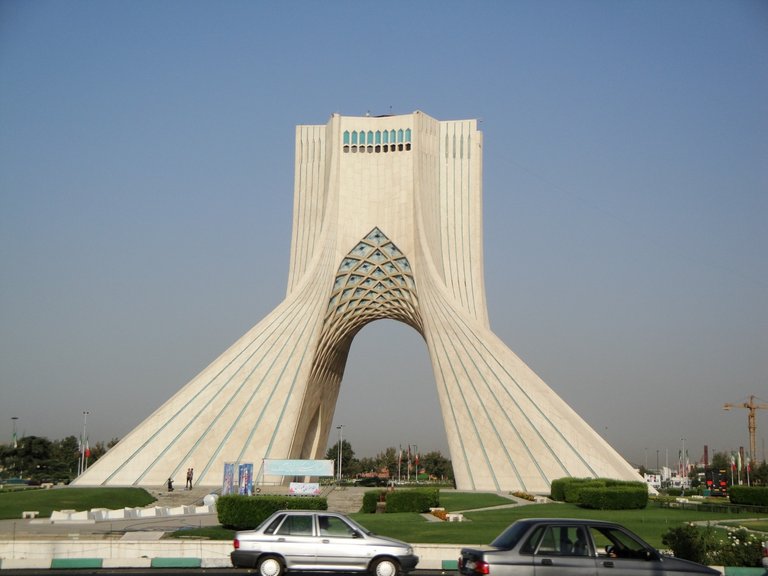
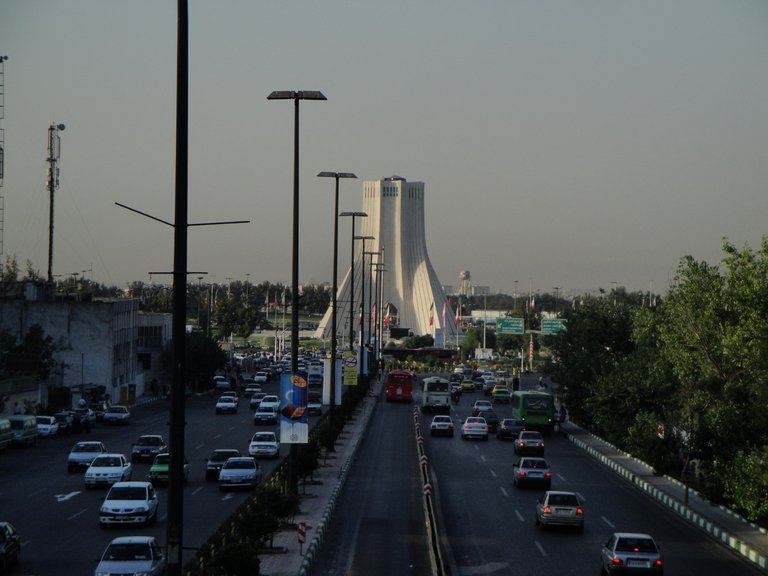
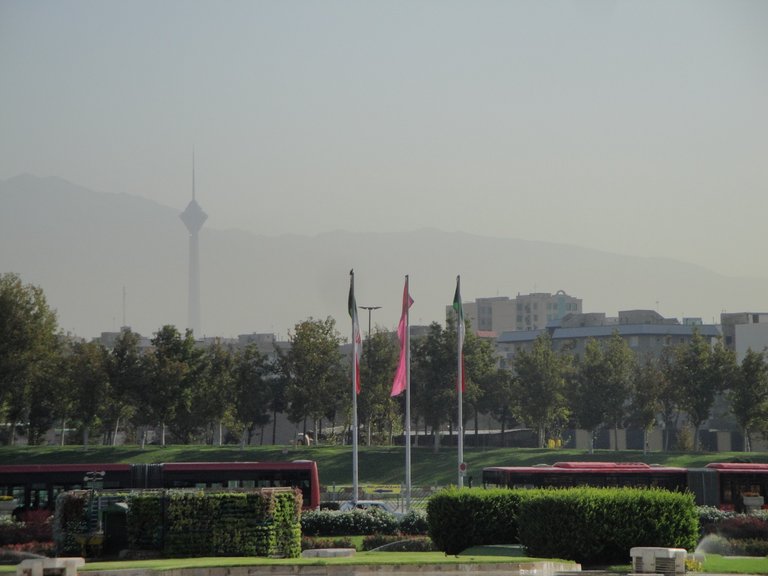
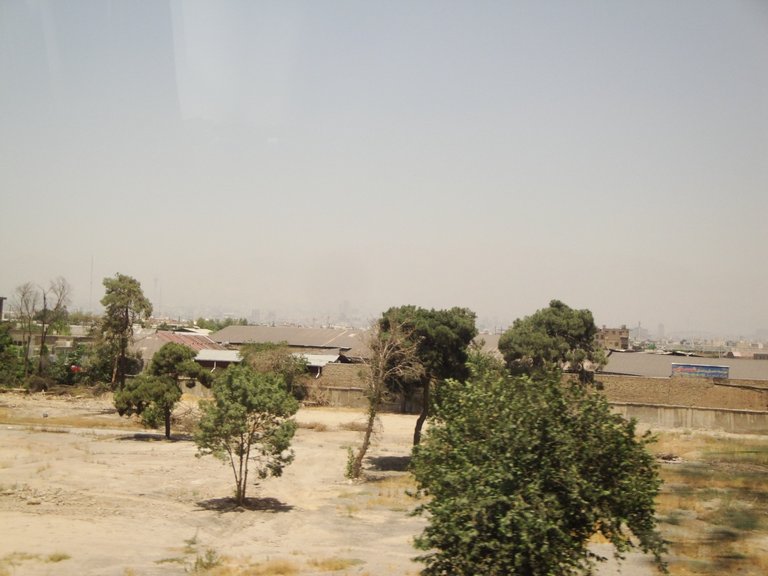
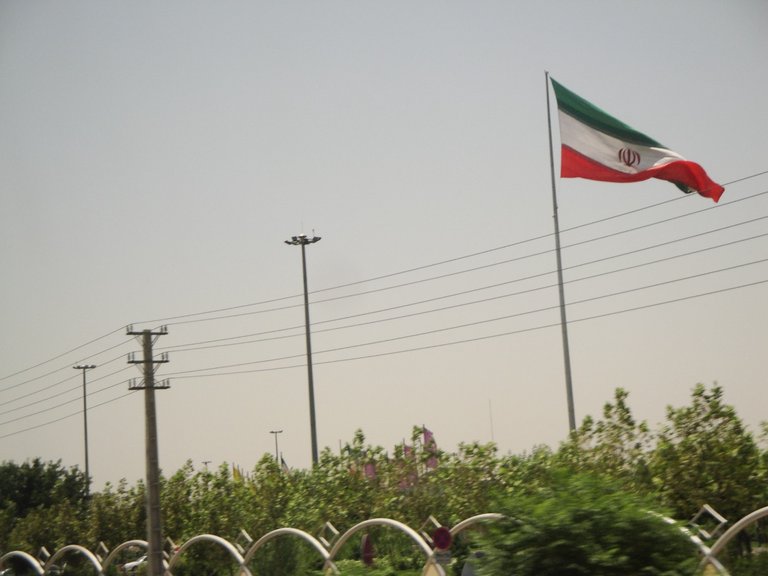
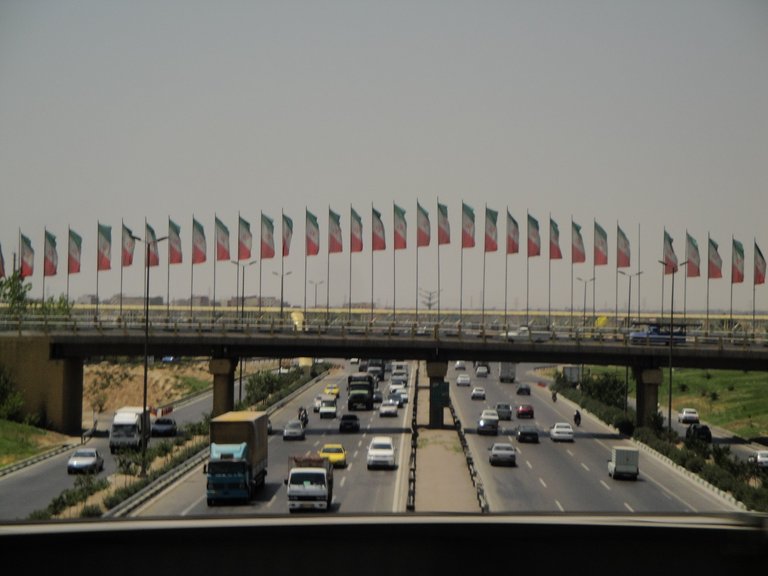
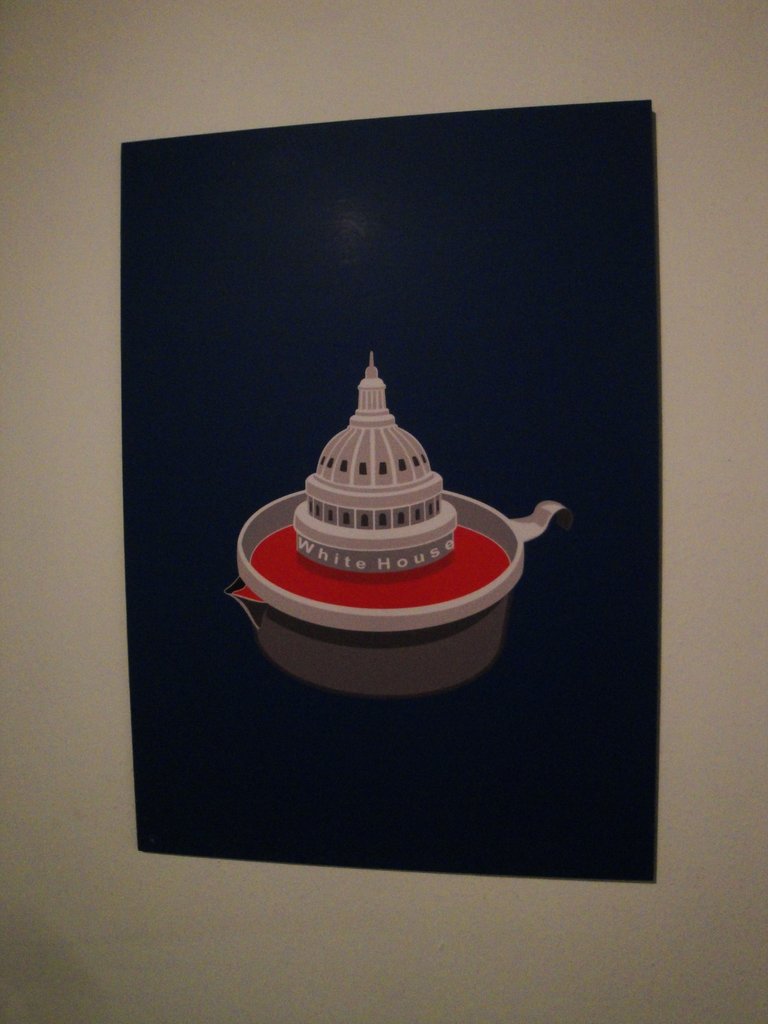
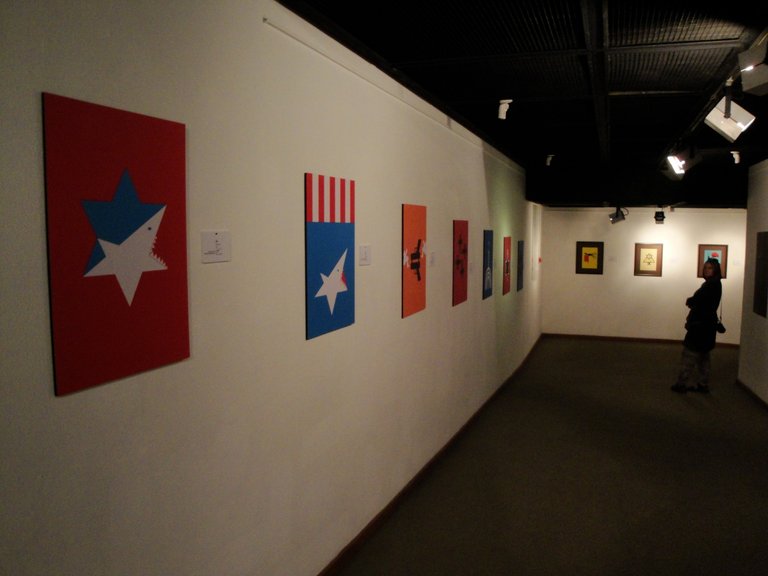
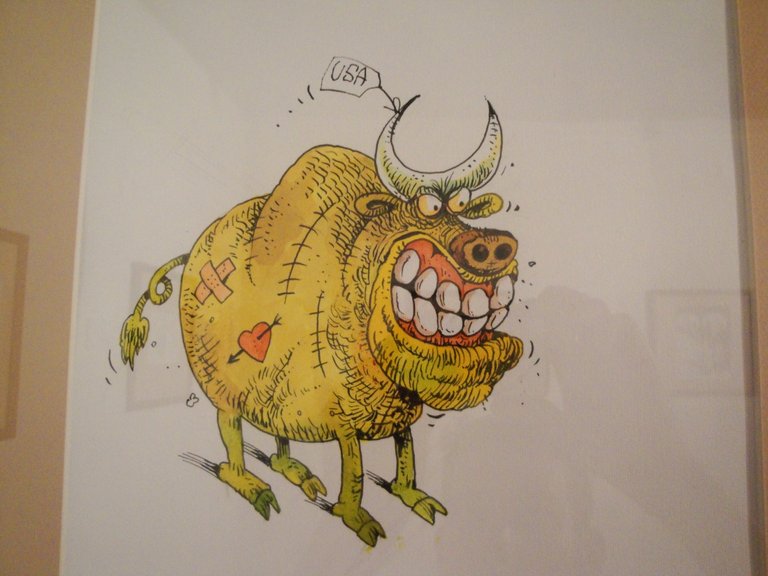
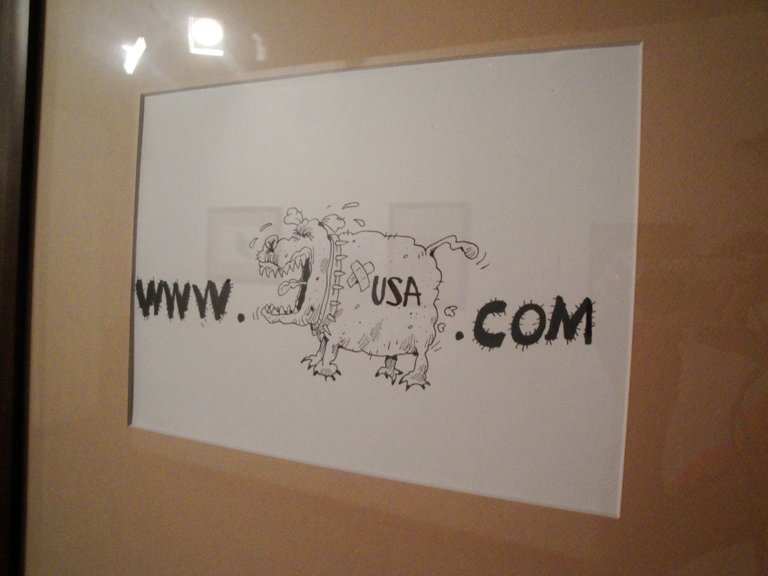
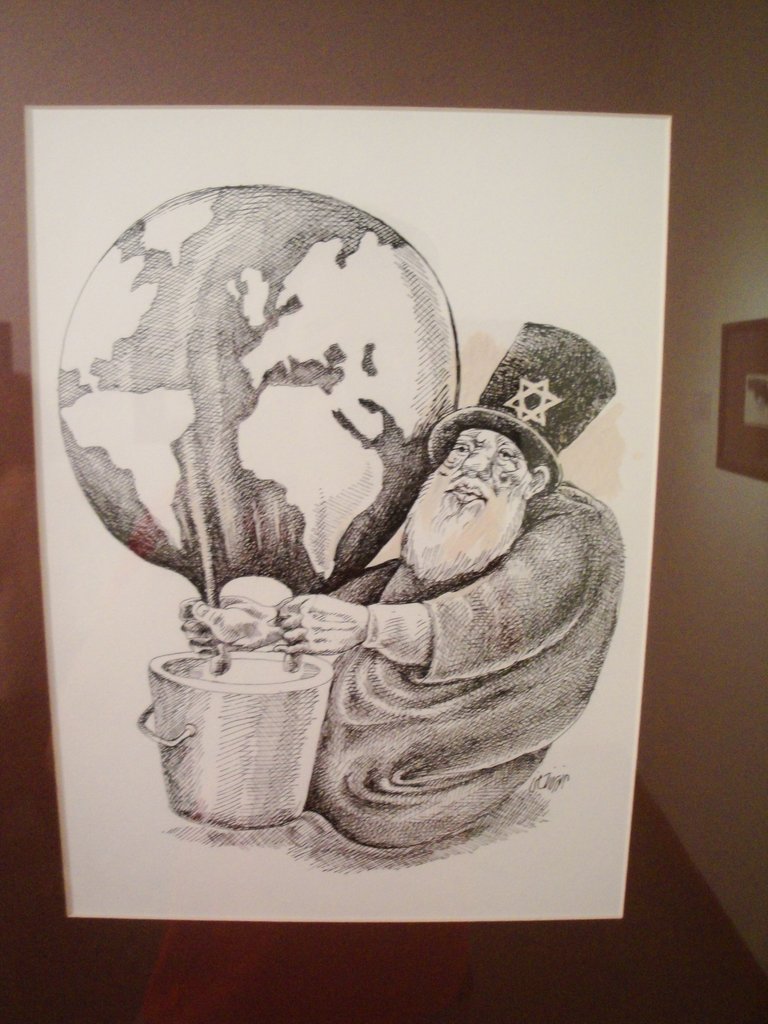
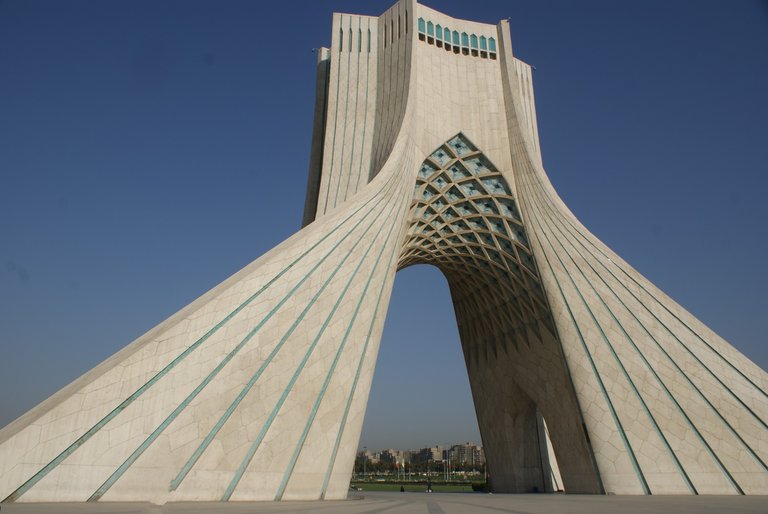
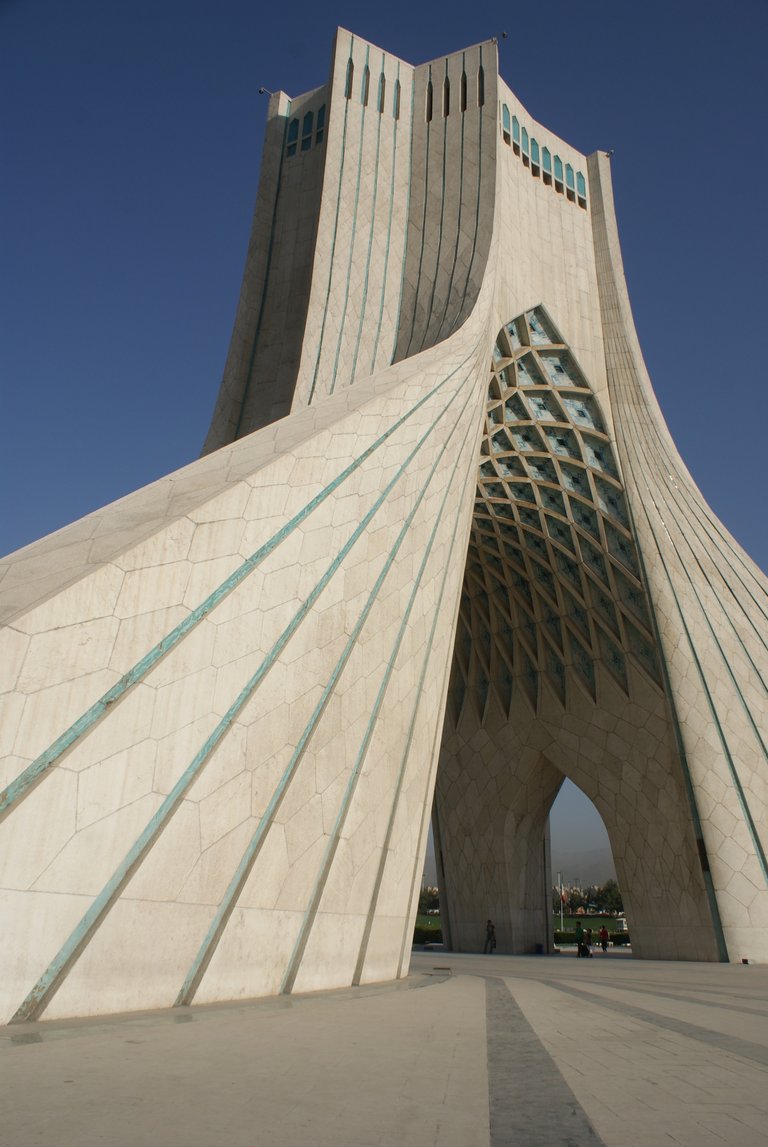
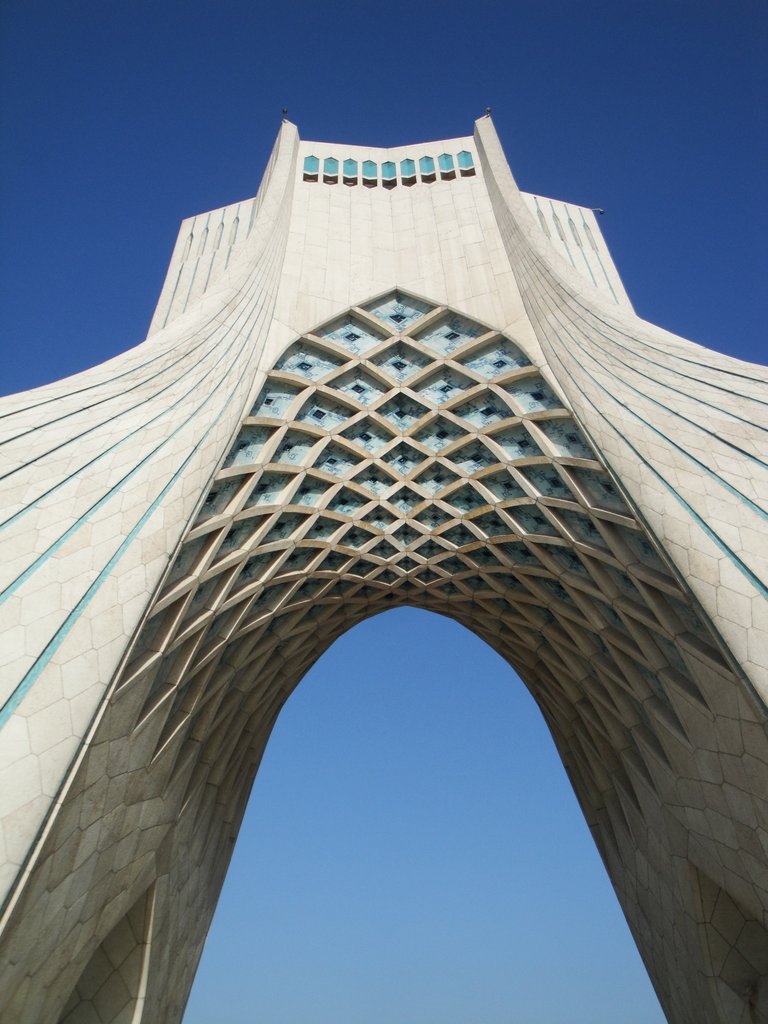

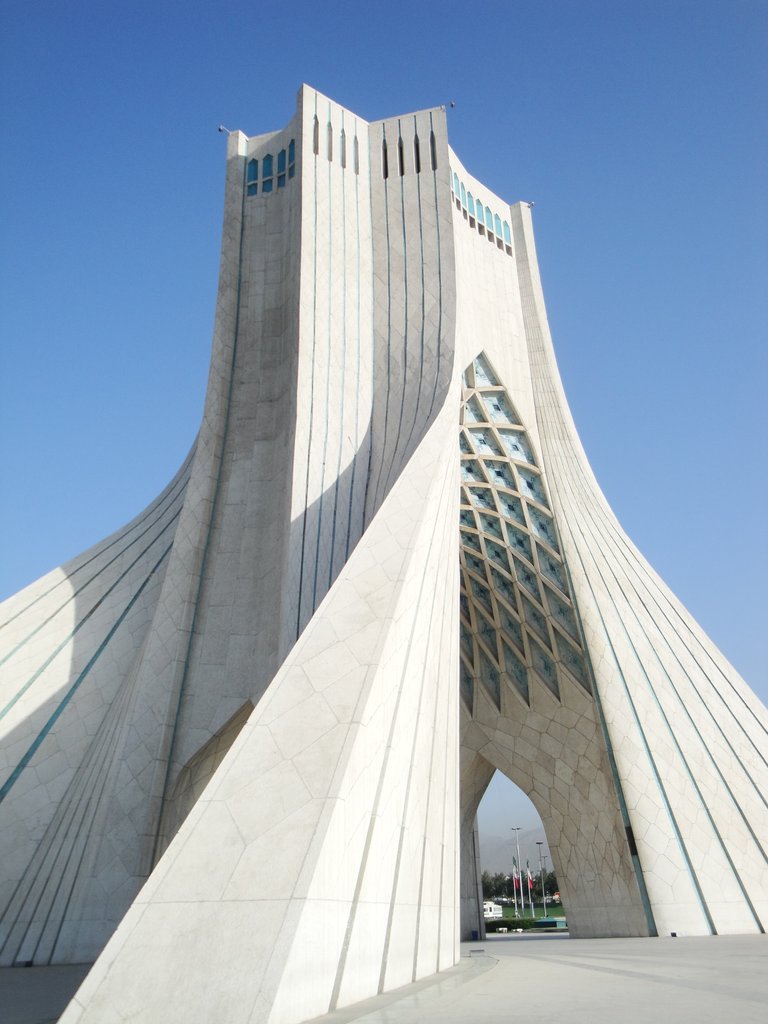
Congratulations, your post has been added to Pinmapple! 🎉🥳🍍
Did you know you have your own profile map?
And every post has their own map too!
Want to have your post on the map too?
Tehran is really a progressive place, and there are lots of majestic and tall buildings and structures at the place. The structure you shared my friend makes me amazed because of its designs.
A modern city with impressive buildings. Excellent photographs
Hiya, @ybanezkim26 here, just swinging by to let you know that this post made it into our Honorable Mentions in Travel Digest #2198.
Your post has been manually curated by the @pinmapple team. If you like what we're doing, please drop by to check out all the rest of today's great posts and consider supporting other authors like yourself and us so we can keep the project going!
Become part of our travel community:
and she . I was really surprised. I was very happy to see the Azadi Square of my capital Tehran here. I am very happy that you have traveled to Tehran. May I ask which country are you from and what was the reason for your trip to Iran? I'm so excited
I come from Poland and I went to Iran for vacation. After some time, I think it was a very well-chosen holiday destination
Congratulations @olusiu! You received the biggest smile and some love from TravelFeed! Keep up the amazing blog. 😍 Your post was also chosen as top pick of the day and is now featured on the TravelFeed front page.
Thanks for using TravelFeed!
@invisusmundi (TravelFeed team)
PS: Did you know that we recently launched the truvvl app? With truvvl, you can create travel stories on the go from your phone and swipe through nearby stories from other TravelFeed users. It is available on the Apple App Store and Google Play.